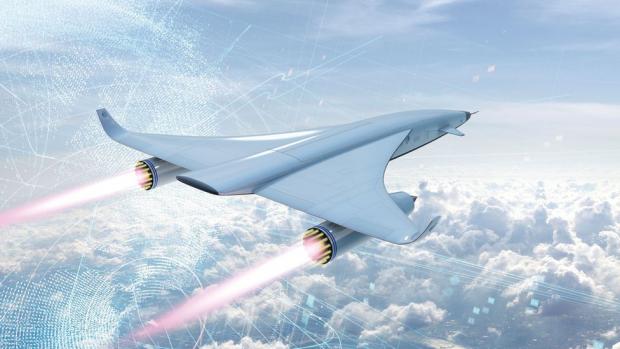
Breaking News
 $26M Frozen on Blockchain - With One Click
$26M Frozen on Blockchain - With One Click
 Italy are on national strike shutdown rejecting digital enslavement...
Italy are on national strike shutdown rejecting digital enslavement...
 The following U.S. states are currently using the rebranded "Reporty Homeland Security" so
The following U.S. states are currently using the rebranded "Reporty Homeland Security" so
 NATO Chief Urges Europe To Prepare For Long-Term World War With Russia, China, Iran & North Korea
NATO Chief Urges Europe To Prepare For Long-Term World War With Russia, China, Iran & North Korea
Top Tech News
 HUGE 32kWh LiFePO4 DIY Battery w/ 628Ah Cells! 90 Minute Build
HUGE 32kWh LiFePO4 DIY Battery w/ 628Ah Cells! 90 Minute Build
 What Has Bitcoin Become 17 Years After Satoshi Nakamoto Published The Whitepaper?
What Has Bitcoin Become 17 Years After Satoshi Nakamoto Published The Whitepaper?
 Japan just injected artificial blood into a human. No blood type needed. No refrigeration.
Japan just injected artificial blood into a human. No blood type needed. No refrigeration.
 The 6 Best LLM Tools To Run Models Locally
The 6 Best LLM Tools To Run Models Locally
 Testing My First Sodium-Ion Solar Battery
Testing My First Sodium-Ion Solar Battery
 A man once paralyzed from the waist down now stands on his own, not with machines or wires,...
A man once paralyzed from the waist down now stands on his own, not with machines or wires,...
 Review: Thumb-sized thermal camera turns your phone into a smart tool
Review: Thumb-sized thermal camera turns your phone into a smart tool
 Army To Bring Nuclear Microreactors To Its Bases By 2028
Army To Bring Nuclear Microreactors To Its Bases By 2028
 Nissan Says It's On Track For Solid-State Batteries That Double EV Range By 2028
Nissan Says It's On Track For Solid-State Batteries That Double EV Range By 2028
Around The World In Two Hours? Chinese Scientists Test "Revolutionary" Hypersonic Engine

The flight test of the hypersonic engine was conducted in a wind tunnel in Beijing suggested unprecedented thrust, fuel efficiency, and operational stability. Scientists believe the engine could operate at Mach 16, propelling an airframe across the world in just two hours.
The Chinese paper, titled "The criteria for airbreathing hypersonic propulsion and its experimental verification," says the sodramjet (short for "standing oblique detonation ramjet engine") is an "airbreathing propulsion" system "for future aerospace flight." It has no moving parts and uses the plane's speed to ram air into the engine, then blended with hydrogen fuel and detonated, discharging out of the back of the engine as thrust.
Sodramjet uses the sonic boom as combustion:
"Turning the shock wave from their enemy to their friend helped them sustain and stabilize combustion at hypersonic speed," SCMP said. "The faster the engine flew, the more efficiently the hydrogen fuel burned. The new engine was also much smaller and lighter than previous models."
Researchers noted, "the US government shifted the bulk of hypersonic research from Nasa to private companies such as Boeing and Lockheed Martin, and Morrison's idea was largely if not completely forgotten by the American defense industry. The contractors put all their resources into scramjet design and continued to suffer setbacks that eventually caused them to trail other countries."
All commercial aircraft today have turbofans or turboprops. The introduction of hypersonic engines for commercial aircraft might not be seen until after 2030.
"The Sodramjet engine model is developed with several flow control techniques and tested successfully with the hypersonic flight-duplicated shock tunnel. The experimental data show that the Sodramjet engine model works steadily, and an oblique detonation can be made stationary in the engine combustor and is controllable. This research demonstrates the Sodramjet engine is a promising concept and can be operated stably with high thermal efficiency at hypersonic flow conditions," the scientist wrote.

 Carbon based computers that run on iron
Carbon based computers that run on iron

